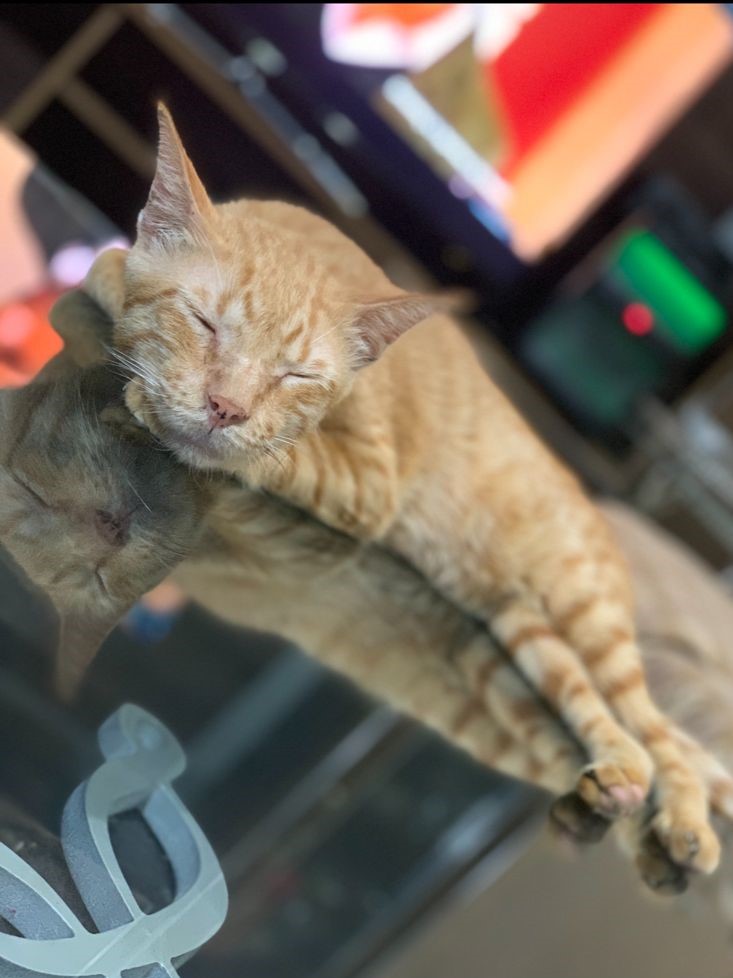Behavioral Challenges:
Dental issues can certainly lead to behavioral challenges in cats. When a cat experiences discomfort or pain in their mouth, it can affect their eating, grooming, and overall behavior.
Here are some behavioral challenges that may arise due to dental issues in cats:
1. Decreased appetite:
Cats with dental problems may experience pain while eating, making them reluctant to consume their regular food. This can lead to a decreased appetite and weight loss over time.
2. Preference for soft food:
Cats with dental issues may develop a preference for soft or wet food because it requires less chewing. They may refuse to eat dry kibble, which they previously enjoyed. This can cause a change in their diet and nutritional imbalance.
3. Drooling:
Pain and inflammation in the mouth can cause excessive drooling in cats. You may notice them frequently licking their lips or leaving wet spots on surfaces where they rest.
4. Pawing at the mouth:
Cats experiencing dental pain may paw at their mouth or face in an attempt to alleviate the discomfort. This behavior may indicate the need for veterinary attention.
5. Avoiding grooming:
Cats are known for their grooming behavior, but dental issues can make it painful for them to groom themselves properly. They may reduce or avoid grooming altogether, leading to a messy or unkempt appearance.
6. Irritability or aggression:
Dental pain can make cats more irritable and prone to aggression. They may react negatively to being touched near the mouth or exhibit aggression during feeding times.
7. Withdrawal or hiding:
Cats in pain often withdraw or hide to avoid interaction. They may seek out secluded areas where they feel safe and comfortable, preferring solitude over socialization.
It’s crucial to address dental issues in cats promptly. If you notice any behavioral changes or suspect dental problems, it’s advisable to consult a veterinarian. They can perform a thorough examination, provide appropriate treatment, and offer guidance on managing any resulting behavioral challenges.




